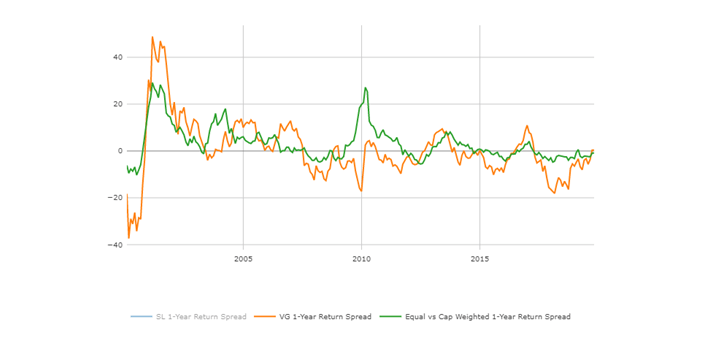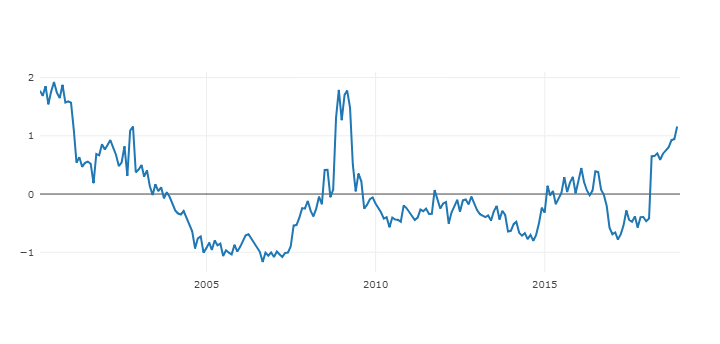Market Overview
Continued market volatility reflects investor concerns over geopolitical tensions, trade conflicts, inflation and politics. However, we believe the domestic and global macro environment and corporate health still look very supportive. Recently retail investors demonstrated their collective might by influencing the short-term markets, providing plenty of “noise” in the last two months. With earnings season behind us we expect investors returning to long-term fundamentals over short-term speculations.
US Economics
The US economy continues to advance, with data on retail spending, industrial output, and factory utilization all pointing to an upward trajectory this spring. That is likely to be enough to lift GDP (which rose by 2.3% in the first quarter) by more than 3% in the second quarter. Growth of 3%, or so, is also likely in the second half.
According to Wharton Professor of Economics Jeremy Siegel, Firms are hiring around 200,000 net new workers every month, which is great news for the economy. However, this is above the natural rate of growth in the labor force, which is around 100,000 per month. The Fed is attempting to raise interest rates to slow down the growth without tipping the economy into a recession. The unemployment rate is down to 3.8%, and on its current trajectory could dip below 3.5% by the end of the year. Professor Siegel points out that whenever the unemployment rate was below 3.5%, it typically sparks wage and price inflation. Professor Siegel has been reading more about shortages of workers in many industries and sees that as the reason why the Fed will likely hike rates every quarter this year.
We believe that higher interest rates are a headwind to equity appreciation, but coming out of historically very low levels they should be more than offset by the growth rate of corporate earnings. The impact of higher rates on equity markets in the medium to long run should not derail the stock markets from advancing, in our opinion.
Global Economy
With most GDP reports now in, the dust is settling on 1Q18 and the message is considerably more upbeat than the market mood. According to JP Morgan, global real GDP looks to have expanded 3.1% annualized in 1Q. Concerns have focused on what drove last year’s remarkable growth upswing: the sharp acceleration in goods demand and production. Global final goods demand growth nearly stalled last quarter after booming 5.1% annualized in 4Q17; its strongest pace in seven years. Initially we thought this was linked to a consumer pullback, however more recent data suggest the goods slowdown reflects a deceleration in business equipment spending as well.
At the same time, the synchronized upturn broke down in 1Q as goods demand and production accelerated in the Emerging Markets (EM), offset by an even sharper slowing in Developed Market (DM). Outside of goods, global GDP growth last quarter reflects a notable resilience in the non-manufacturing sector. JP Morgan believes that the goods-sector growth slowdown in the DM was only temporary, given the strong fundamentals with an added kick from US fiscal stimulus. Assuming continued resilience in the non-manufacturing sector, they maintain that global GDP growth will edge up to a robust 3.4% this quarter as the DM economies retake their leadership role and EM growth eases slightly.
Earnings Season Great Results Mean Nothing
Earnings season has come and gone, and it was an impressive one. The next several quarters should be supportive, as well. The Fed, China, North Korea, and the Middle East may affect the ebb and flow of the markets for a time. But investors usually return to the fundamentals before long.
With respect to the economy and earnings, the news remains generally supportive. With 82% of firms in our portfolios exceeding or meeting their earnings projections one would have expected better reaction on market’s part. However, since we invest into long-term consistency and the market expected those firms to deliver, we just experienced more of a “trash flight” when companies, nobody expects much from, reported “unexpectedly” better on the heels of tax reform. The market overlooked the fact that while the earnings per share of the S&P 500 climbed 24% (7% coming from lower taxes), the incremental pre-tax margins came in at 13% in aggregate compared to 42% in the tech sector and 73% for the semiconductors according to Empirical Research. We saw little reaction to that so far but we believe eventually investors will not be able to overlook where free cash flow is getting produced.
Recently we concluded our regular quarterly rebalancing of equity portfolios. We will provide more color on our Macro view, Sectors, Micro factors and individual equity changes we have made in our quarterly “Stock Market Update” webcast – stay tuned!
Retail investors influence the market in the short-run
According to Goldman Sachs retail investors represent a large share of US equity market ownership and, recently, trading activity. Ahead of the 1Q earnings season, plunging retail sentiment weighed on the broad market and the favorite stocks of retail traders. Retail investors appear to have driven much of the US equity market turbulence in late March and April. The performance of a group of stocks popular with retail crowd showed little stress during the initial market correction in February, but underperformed sharply as the equity market dipped for the second time in late March. Retail investors apparently reduced positions in their favorite stocks as well as broad equity market exposure; the popular stocks underperformed at the same time as US equity mutual funds and ETFs experienced large-scale outflows.
We tend to believe in our “quantamental” (quantitative + fundamental) analysis and don’t follow the crowd or the temporary “noise”. From our previous empirical research, we found little evidence in wisdom of crowds especially in the short-term.



























































































